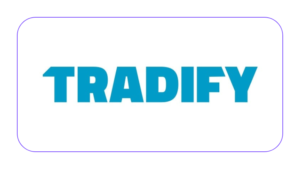Not sure how to secure stakeholder buy-in for your technology roadmap initiatives? Or perhaps you’re unsure how to present your ideas to build support?
Securing buy-in from stakeholders is easier said than done, and you’ll encounter plenty of questions, concerns, and objections on your path to support.
In this guide, we’ll explore the common concerns that prevent stakeholder buy-in for new technology projects and how you can successfully overcome them.

What is Stakeholder Buy-In?
Stakeholder buy-in refers to the support and participation you get from key decision-makers in your organization.
Why is Stakeholder Buy-In Important?
A stakeholder that doesn’t buy into a new technology initiative is a stumbling block to implementation. Without their support, they won’t advocate for your project, offer insights you might have missed, or direct teams as needed.
When stakeholders view a technology roadmap as a positive change, they become natural advocates for your ideas and can elevate your initiatives to higher-level executives whose buy-in carries more weight.
The bottom line is that technology roadmaps are much easier to create and implement when you have firm stakeholder buy-in.
3 Types of Stakeholder Buy-In
When planning how to present your technology roadmap to key stakeholders, keep in mind that there are three different types of buy-in:
-
Emotional buy-in:The stakeholder supports the project because they feel strongly about the outcomes and are connected to the process.
-
Intellectual buy-in:The stakeholder is aware of the project’s potential benefits and understands the financial gains involved.
-
Equity buy-in:The stakeholder literally invests in the project by contributing their time, money, or resources.
The Challenges in Securing Stakeholder Buy-In for technology roadmaps
1. Change Resistance
2. Poor Communication
3. Conflicting Agendas
4. Risk Aversion
5. Unaligned Stakeholders
6. Competing Priorities
7. Resource Constraints
How to Get Stakeholder Buy-In for Your Technology Projects
Want to stay in the loop?
Join the StackPlan community today and learn more about how to build your technology roadmap, select the right software for your organization, and work with an expert tech advisor to get your software working in harmony.








